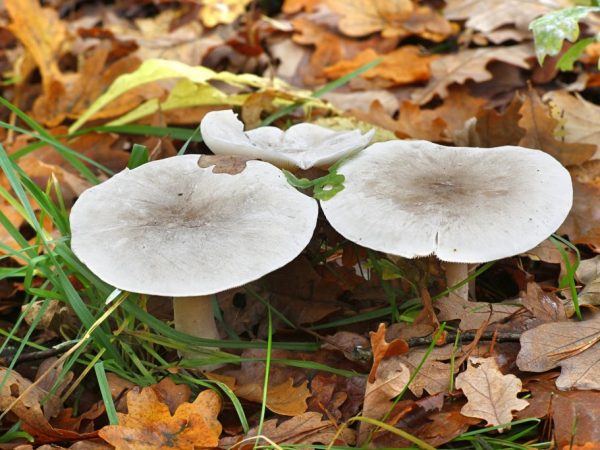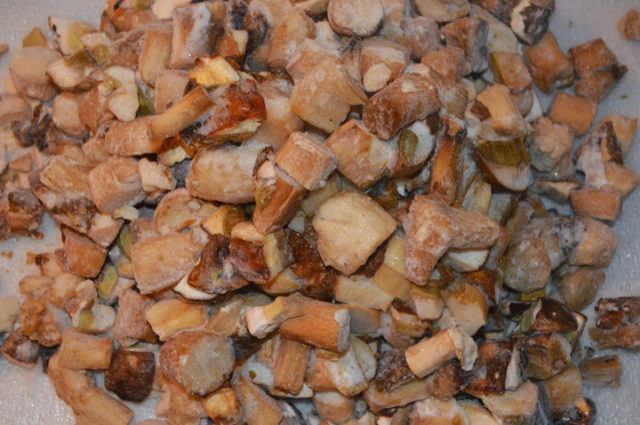Content
Rows are often classified as inedible mushrooms. This opinion is erroneous, since if properly prepared, they can be eaten without any negative consequences. For many, the question of how to preserve mushrooms for the winter is relevant. To do this, it is recommended to freeze the rows, ensuring their long-term preservation.
Is it possible to freeze rows
Mushrooms collected from the forest or purchased can be salted, pickled or cooked in other ways. But in order for them to survive for a long time, it is necessary to create suitable conditions for this. The rows can be kept fresh by freezing. In the future, it will be enough to defrost them and cook any dish with them at your discretion.
Preparing rows for freezing
In order to freeze and ensure the long-term preservation of the rows, they must be prepared in advance. Some people prefer to send it fresh to the freezer. This should not be done, since such a freeze is fraught with negative consequences.
Among them:
- shortening the shelf life;
- the likelihood of a pungent odor;
- the appearance of mold and putrefactive foci;
- pronounced bitter aftertaste after thawing.
After purchase or self-collection in the forest, thorough cleaning is required:
From the surface of the caps, adhered leaves and blades of grass, and other dirt are removed. Use a knife to cut off spoiled areas so that they are not stored with the main product.
It is not recommended to freeze the lower part of the legs. It is tough and practically unsuitable for use in cooking.
Cleaning can be done in the following ways:
- removal of dirt from the surface of the legs and caps without contact with water (dry method);
- cleaning after short soaking in water (wet method).
If the rows are in contact with water, then they must be dried before freezing. Otherwise, the remaining moisture will damage the structure, which will affect the taste.
How to freeze rows for the winter
There are 2 easy ways to freeze. The first provides for fresh work without preliminary heat treatment. Mushrooms are pre-cleaned and washed. Then they are dried, collected in a suitable container and placed in a freezer.
Another method involves heat treatment. Before freezing ryadovka mushrooms for the winter, they should be boiled in water. Thanks to this, they retain their structure, taste, and take up less space in the freezer.
Cooking steps:
- A saucepan, half filled with water, is placed on the fire.
- When the liquid boils, add a little salt.
- Rows are placed in boiling water (whole or pre-chopped).
- Reduce heat and remove foam.
- Cook without covering the pan with a lid.
- After 15 minutes, the rows are thrown into a colander, allowing them to drain and cool.
An important advantage of heat treatment over freezing is that there are no contaminants or harmful microorganisms that can cause mold formation on the mushrooms.
When the water drains from the rows, they are laid out on a tray or immediately placed in storage containers. You can decompose the product in portions, indicating the date of freezing on each container. After that, they are placed in a freezer and not removed from there for at least 12 hours.
Thawed mushrooms can be fried or used to prepare first courses. They are also a good addition to salads and salty baked goods.
Terms and conditions of storage
Mushrooms are stored frozen for a long period of time. The shelf life is directly dependent on the conditions inside the freezer. At a temperature of -14-18 ° C, the workpiece will be stored for 6-8 months. If the temperature is below -18, the shelf life increases to 1 year and longer.
The climatic conditions inside the chamber must be constant. Temperature jumps are unacceptable during deep freezing, as it affects the safety of the food contained in the freezer. Thawed rows, like any other workpieces, are not recommended to be re-frozen.
Conclusion
The need to freeze the rows arises for everyone who wants to keep them for the winter. This can significantly increase the shelf life. With proper freezing and maintaining the required temperature, the rows will remain for at least six months. Once thawed, they can be used to prepare a variety of meals and snacks.











